Double-digit inflation instigates spike in dropout rates
High tuition fees, books and uniform costs forcing parents to withdraw their children from schools
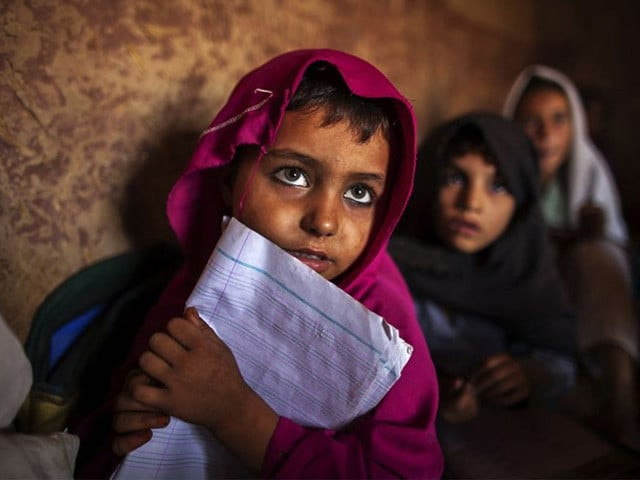
The prevalent inflation has not only further destabilised the quality of life for the low-income populace, but has also resulted in the rampant withdrawal of children from schools, which leaves the future of the nation on thin ice.
Recently, the school dropout rate for Grades 1 to 12 in Punjab has seen an unprecedented upsurge, as the loss of purchasing power has rendered it extremely challenging for parents to pay a hefty school fee alongside the added expenditure on books, transportation, and school uniforms.
“My husband and I have withdrawn all our children from school since the total cost was exceeding our budget. After paying for the monthly fee, transport fares, books, and uniform charges, we barely had any money left to put food on our tables. Therefore, we had to choose between education for their future and our present survival,” confessed Kiran, a mother of four former school going children.
Whereas others, such as Arslan Ejaz, a high school dropout and sole breadwinner of his house, justify dropping out by citing the opportunity cost that comes with attaining an education in a miserable economy. “If I go back to school, the anxiety of not working would be too overwhelming. Every hour that I spend studying would be highly costly, since I could have generated much needed income, had I chosen to take up work instead,” he scoffed.
Ejaz is not alone in this predicament though. As per sources from the education department, privy to the information, the dropout rate of students in Punjab’s educational institutions has reached an exceptionally high magnitude, with up to 60 per cent of students enrolled in Grades 1 to 12, leaving school before completion of the term.
On the other hand, some private school students have dropped out to turn towards the relatively cheaper, public education system. However, the choice might come to haunt them in the near future, as the public schools are structurally incapable of catering to the growing influx of prospective students.
“Our public schools are in a deplorable state, with a majority of them lacking basic infrastructure and amenities like electricity and studying desks,” resented Rana Liaquat Ali, Secretary of the Punjab Union of Teachers. “With the government unwilling to invest in the public education sector, it is quite likely that the prevalent inflation rate will force further students to drop out of government schools as well,” added Ali.
When asked about the high dropout rate and the problems it poses for the future, a representative of the provincial department, whilst requesting anonymity, said they were aware of the problem. “A campaign has been planned for the academic year 2023 to 2024, in which the government will enrol students in schools during the first phase and will later promote education through awareness campaigns to further improve the dropout rate,” the official informed.
While it remains to be seen whether the campaign will bear fruit, the surge in the rate of inflation can only partly explain the recent spike in dropout rates, as the roots of the dilemma allude to systemic flaws in the education system, which discourages students from excelling academically.
“Punjab has a high percentage of students failing examinations, with only 30 per cent students passing the yearly diagnostic tests. Developed countries support students with learning difficulties through specialised tutoring and purpose built classrooms, whereas our education system simply pushes them out of the school,” opined Dr Nizam ud Din, former chairman of the provincial higher education commission, while talking to The Express Tribune.
Published in The Express Tribune, April 26th, 2023.


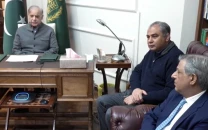

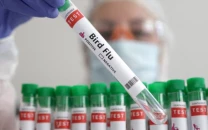
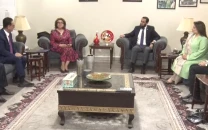
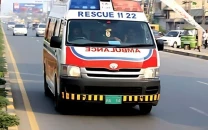












COMMENTS
Comments are moderated and generally will be posted if they are on-topic and not abusive.
For more information, please see our Comments FAQ